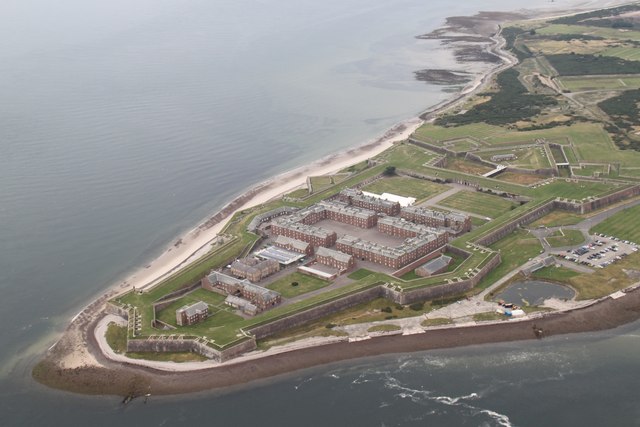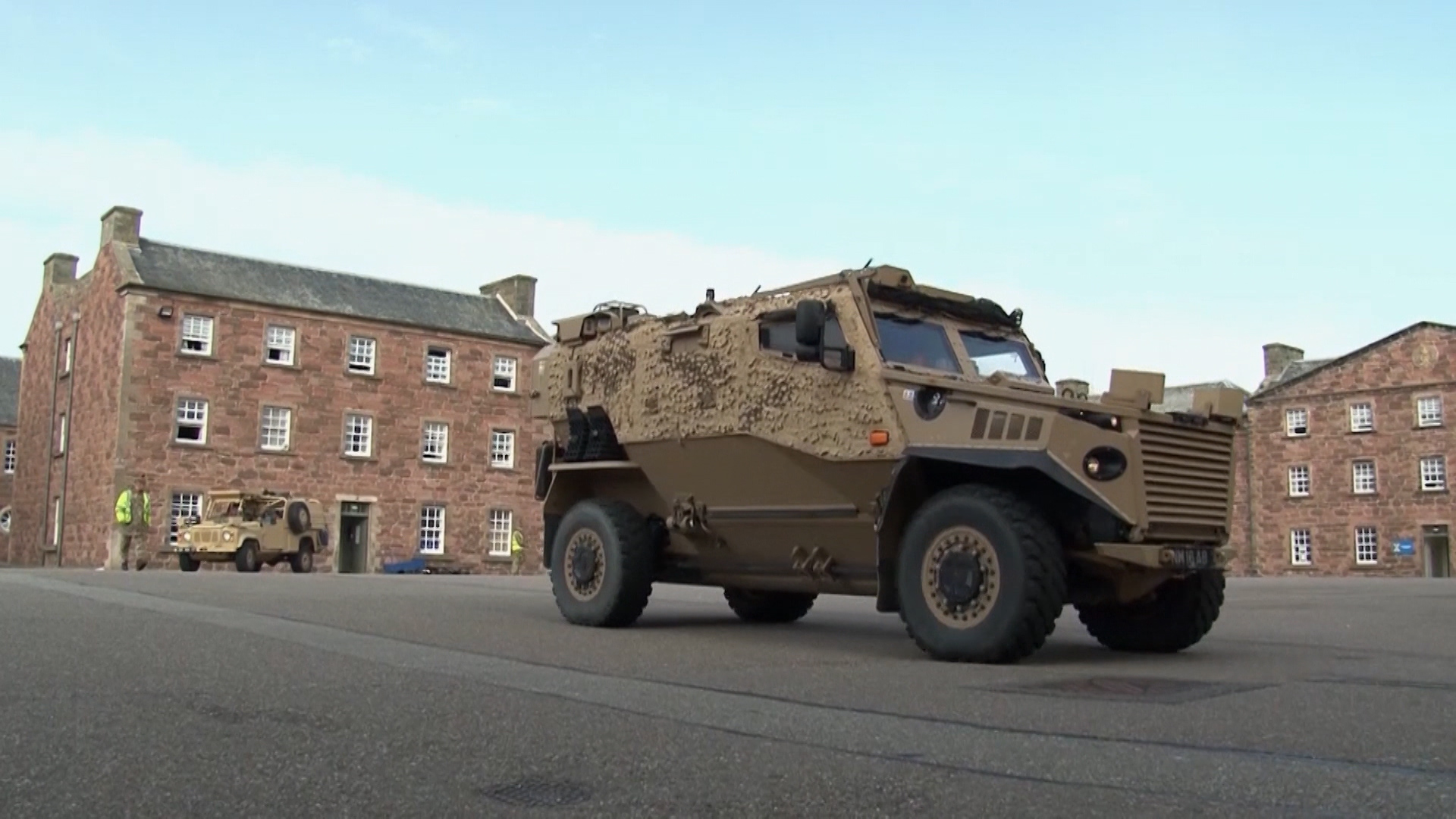
Historic Fort George sea wall at risk of 'catastrophic collapse' due to coastal erosion

A section of a historic fort that is also home to a battalion of the British Army is at risk of "catastrophic collapse" due to coastal erosion.
Fort George near Inverness has been a working barracks since the 18th century and is currently home to the 3rd Battalion of the Royal Regiment of Scotland.
A planning application to Highland Council said that a section of the sea wall is at risk if emergency repairs are not carried out.
The body in charge of the site, Historic Environment Scotland (HES), has appealed to the council to progress with the work and said it is monitoring the situation.
HES has identified issues at the North Glacis wall after work began on another area of the fort that was affected by the same issue.

A spokesperson said: "In line with other parts of Scotland, coastal erosion and lowering of beach levels is affecting the Moray Firth.
"This previously caused localised scouring (the erosion of soil) in the vicinity of the Place of Arms at Fort George, commonly known as the Dog Cemetery. Concrete underpinning works took place in late 2024, which allowed for our stonemasons and labourers to safely carry out localised repairs to the existing stone wall and associated landscaping.
"These works were completed by the end of 2024, and access to the Dog Cemetery has since been reinstated to the Ministry of Defence.
"A further area of localised scouring at the North Glacis sea wall has since been identified, and a small area of the North Glacis has been fenced off and is being regularly monitored, whilst public access to Fort George remains unaffected.
"Remedial works are planned and full access will be reinstated on the North Glacis once these have been completed."
Fort George was constructed following the defeat of the Jacobite forces at the Battle of Culloden by government troops in 1746.
It took 22 years to construct and was built to quell any further rebellions following the uprising led by Bonnie Prince Charlie to restore the Stuart Dynasty to the throne.

Later in the 1700s, it became a recruiting base and training camp for soldiers joining the British Army in the Highlands.
It was a depot for the Seaforth Highlanders between 1881 and 1964 and became the base for the 3rd Battalion of the Royal Regiment of Scotland in 2007.
In 2016, then Defence Secretary Sir Michael Fallon announced it would cease to be an operational military barracks in 2032.
The fort is regarded as one of the finest examples of military engineering from the 18th century and welcomes thousands of visitors every year.









